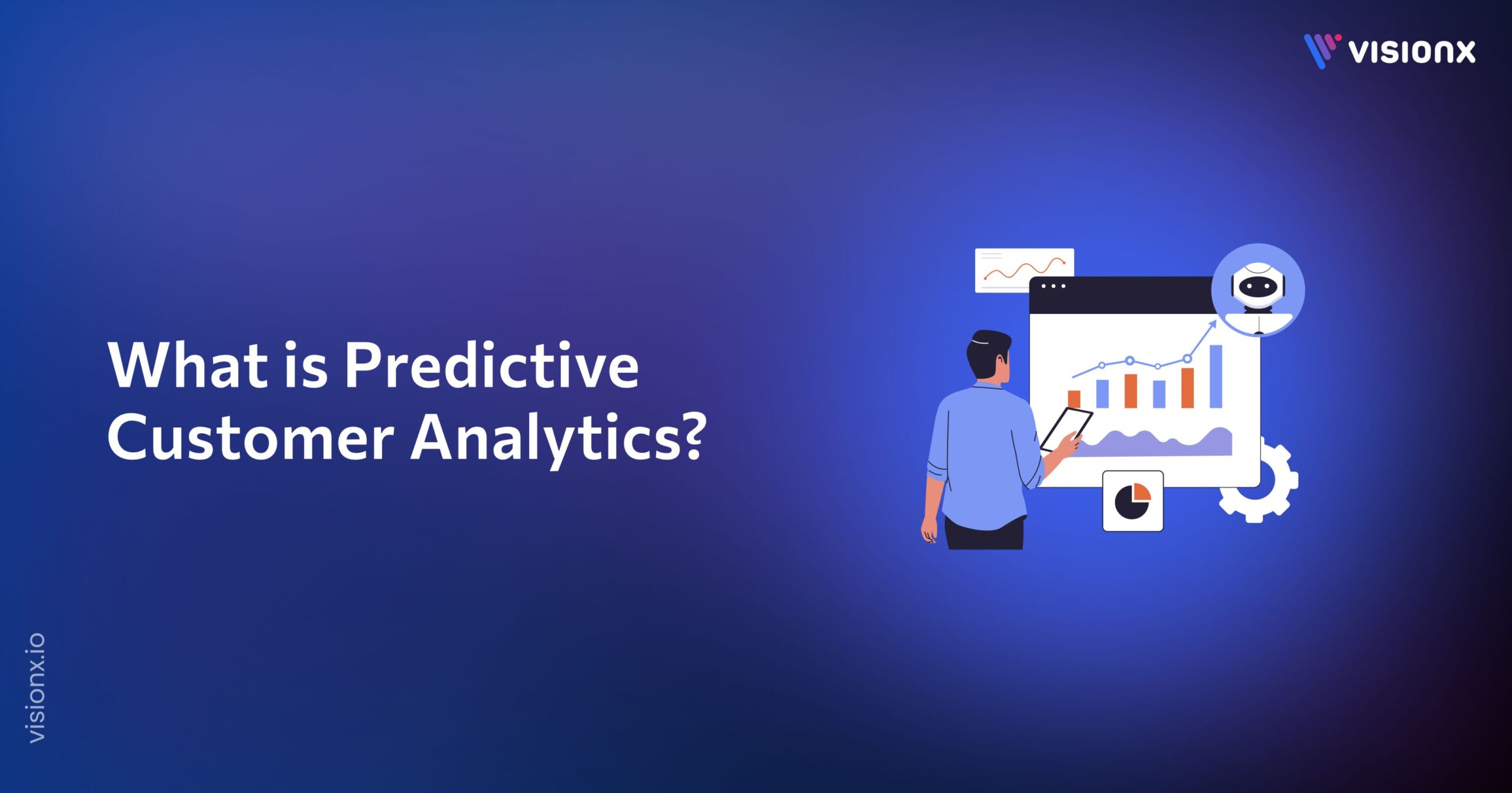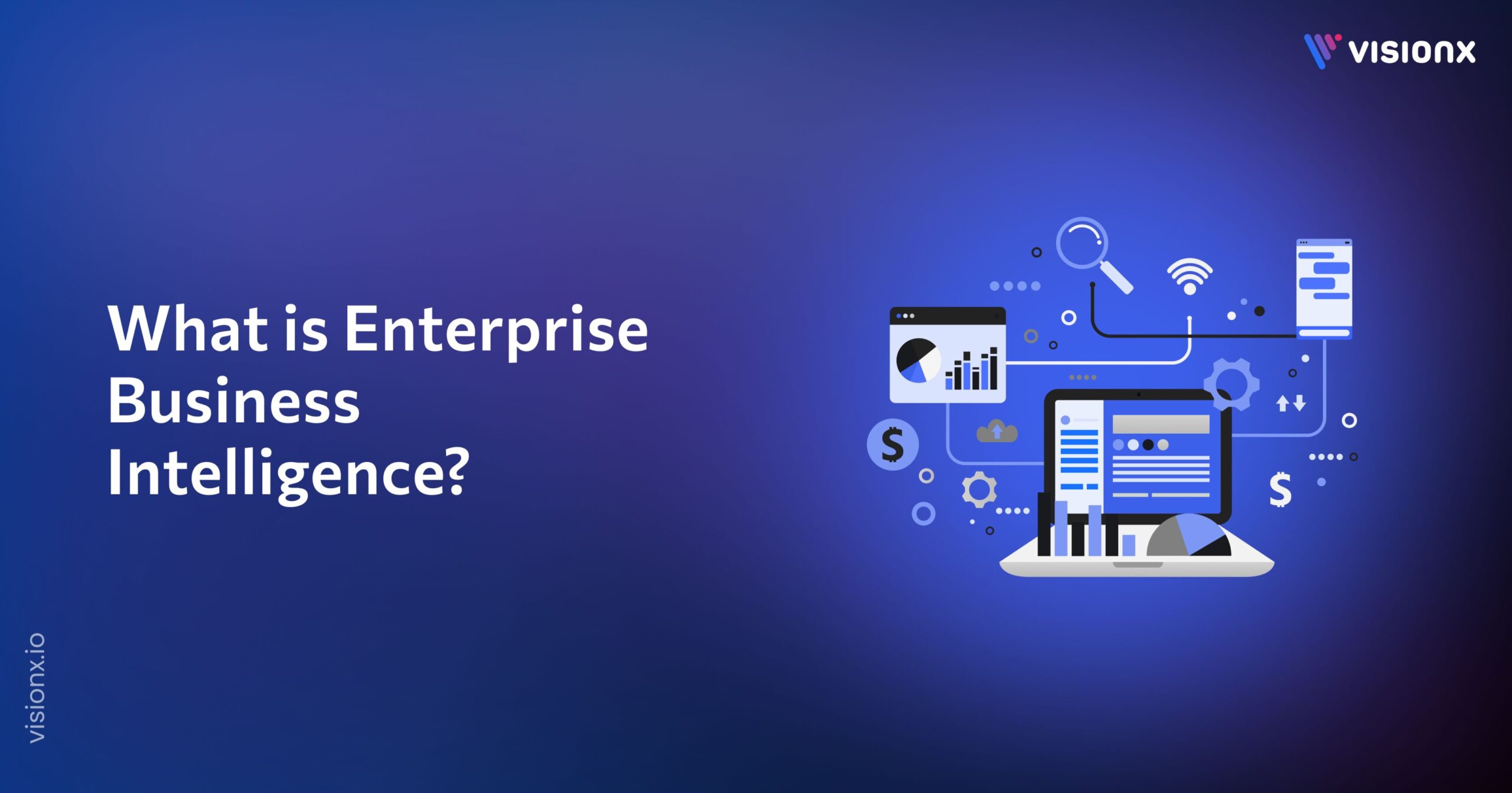Artificial Intelligence (AI) has swiftly transitioned from a futuristic idea to a crucial resource for businesses and developers. As AI becomes more ingrained in various sectors, the need for strong frameworks to build, test, and deploy AI models has surged. Whether you’re an experienced developer or just starting out, having the right tools can greatly streamline your work and accelerate your projects.
In this blog, we’ll review 15 free and affordable AI frameworks that offer high-quality features. These tools not only simplify the development process but also equip you with powerful resources for creating advanced AI models. Whether you’re looking for cost-effective options or the best value, this list has you covered.
Basic AI Frameworks: Easing Developers’ Lives
AI frameworks are important because they allow developers to access the nuts and bolts required for creating, training, and deploying machine learning models. These frameworks include built-in machine learning libraries, functions, and modules to decrease the time taken for the development of AI solutions from scratch. Developers can use these tools to let someone else do the grunt work while they focus on crafting a unique voice for their project — instead of concocting their own favorite password hashing scheme.
Why AI Frameworks Matter?
When creating and implementing artificial intelligence solutions, platforms carry the most weight. Read on to see four examples of why they’re so crucial:
- Faster Innovation: AI frameworks are a powerful tool that helps reduce the time needed to develop machine learning models. They have pre-built modules, which implies a developer does not need to work from scratch. This, in turn, speeds their innovation process and gives them the opportunity to concentrate on building new solutions or improving existing ones.
- Democratization of AI Development: Not all developers are AI or machine learning experts. AI frameworks provide high-level documentation and APIs that enable non-experts to perform AI experiments through a graphical interface. This democratization of AI developer labor means the field moves forward faster.
- Model Testing & Validation: AI frameworks generally provide tools for testing and validating models. These tools enable developers to test the accuracy and trustworthiness of their models before deployment. This is extremely important in critical systems such as healthcare or finance, where the inaccuracies of any AI model can have serious implications.
- Cost Reduction: AI model development is time-consuming and resource-extensive whilst training from scratch. AI frameworks are cost-effective ways to reuse components and algorithms. This brings down the cost of development, resulting in AI becoming readily available for businesses, big and small.
10 Free AI Frameworks
Here are 10 free AI frameworks that offer a robust set of features for developers:
1. TensorFlow
TensorFlow was developed by Google Brain in 2015. It was created to overcome the limitations of previous AI tools, which lacked flexibility and scalability. TensorFlow provides an open-source library that supports a wide range of machine learning and deep learning algorithms.
Features:
- Supports deep learning, machine learning, and neural networks.
- Runs on multiple platforms, including mobile devices.
- Extensive documentation and a vast library of pre-built models.
Benefits:
- Highly flexible and scalable, suitable for both small and large projects.
- Strong community support with regular updates.
- Excellent for production deployment with built-in tools for monitoring and optimization.
Cons:
- Steep learning curve, especially for beginners.
- Can be overkill for simple projects.
2. PyTorch
PyTorch was developed by Facebook’s AI Research lab in 2016. It was introduced to provide a more intuitive and flexible deep learning framework compared to TensorFlow, particularly with its dynamic computation graph.
Features:
- Dynamic computation graph for flexibility in model building.
- Strong Python integration, making it easy to use for Python developers.
- Supports GPU acceleration for faster computation.
Benefits:
- Easier to learn and use compared to TensorFlow.
- Preferred by researchers due to its simplicity and dynamic nature.
- Strong community support with continuous improvements.
Cons:
- May not be as efficient as TensorFlow in production environments.
- Fewer pre-trained models available compared to TensorFlow.
3. Keras
Keras, developed by François Chollet in 2015, was designed to simplify deep learning by providing a high-level API that runs on top of other frameworks like TensorFlow. It was created to address the complexity of using low-level APIs directly.
Features:
- High-level API that simplifies the creation of deep learning models.
- Runs on top of TensorFlow, Theano, and other backends.
- User-friendly with a consistent interface.
Benefits:
- Ideal for beginners due to its simplicity and ease of use.
- Allows for quick prototyping and experimentation.
- Strong community support and comprehensive documentation.
Cons:
- Limited in handling complex, low-level operations.
- Lacks some advanced features available in TensorFlow.
4. Scikit-learn
Scikit-learn was developed by David Cournapeau in 2007 as a simple and efficient tool for data mining and data analysis. It was created to address the need for a robust and easy-to-use machine-learning library in Python.
Features:
- Supports a wide range of machine learning algorithms, including classification, regression, clustering, and dimensionality reduction.
- Seamlessly integrates with other Python libraries like NumPy and SciPy.
- Well-documented with a user-friendly interface.
Benefits:
- Efficient for classical machine learning tasks.
- Excellent for beginners and educational purposes.
- Highly reliable and stable with consistent updates.
Cons:
- Not designed for deep learning, limiting its applicability in advanced AI projects.
- Limited support for large-scale data processing.
5. Apache MXNet
Apache MXNet, originally developed by the University of Washington and later adopted by Amazon Web Services (AWS), was designed to offer a flexible and efficient deep learning framework. It was created to handle large-scale, distributed computing environments.
Features:
- Highly scalable, supporting multi-GPU and multi-machine training.
- Optimized for both speed and memory efficiency.
- Supports multiple programming languages, including Python, Java, and C++.
Benefits:
- Ideal for deploying AI models in resource-constrained environments.
- Strong support from AWS makes it a good choice for cloud-based AI solutions.
- Efficient for both training and inference.
Cons:
- Smaller community compared to TensorFlow and PyTorch.
- Steeper learning curve due to its flexibility and complexity.
6. Theano
Theano, developed by the University of Montreal in 2007, was one of the earliest deep learning frameworks. It was created to optimize the mathematical operations involved in training neural networks, particularly for large datasets.
Features:
- Highly optimized for performance, especially on GPU.
- Supports symbolic differentiation, allowing for automatic computation of gradients.
- Integrates well with NumPy.
Benefits:
- Excellent for large-scale neural network training.
- High performance on both CPU and GPU.
- Suitable for research and academic projects.
Cons:
- No longer actively maintained, which limits its utility for new projects.
- Lacks some modern features found in newer frameworks.
7. Caffe
Caffe, developed by the Berkeley Vision and Learning Center (BVLC) in 2013, was designed for speed and modularity in deep learning. It was particularly focused on image classification tasks and aimed to provide a framework that was easy to use and efficient.
Features:
- Modular design allows for easy customization and extension.
- Highly efficient, with a focus on real-time image processing.
- Supports a wide range of neural network architectures.
Benefits:
- Ideal for deploying models in real-time applications.
- Fast and efficient, making it suitable for large-scale image processing.
- Strong community support and a large collection of pre-trained models.
Cons:
- Limited support for recurrent networks and other advanced architectures.
- Less flexible compared to TensorFlow and PyTorch.
8. OpenCV
OpenCV (Open Source Computer Vision Library) was initially developed by Intel in 1999. It was created to provide a comprehensive library for computer vision tasks, focusing on real-time image and video processing.
Features:
- Extensive library for image and video processing tasks.
- Supports real-time applications with optimized performance.
- Available in multiple programming languages, including C++, Python, and Java.
Benefits:
- Widely used in AI projects that involve computer vision.
- Fast and reliable, with a vast library of pre-built functions.
- Strong community support and continuous updates.
Cons:
- Primarily focused on computer vision, limiting its use in other AI applications.
- May require additional tools for deep learning tasks.
9. Chainer
Chainer, developed by Preferred Networks in 2015, was created to provide a flexible and intuitive deep learning framework that supports dynamic computation graphs. It aimed to simplify the implementation of complex models and algorithms.
Features:
- Dynamic computation graphs for flexibility in model design.
- Supports distributed computing for large-scale model training.
- Compatible with other AI frameworks, such as CuPy and ONNX.
Benefits:
- Highly flexible, making it easy to implement complex models.
- Excellent for research and prototyping.
- Strong support for GPU acceleration.
Cons:
- Smaller community, leading to less support and fewer resources.
- Not as widely adopted, which may limit its use in production environments.
10. Shogun
Shogun, developed by Soeren Sonnenburg and Gunnar Rätsch in 1999, is a machine learning toolbox designed for scalability and efficiency. It was created to offer a unified platform for various machine learning methods, supporting a wide range of programming languages.
Features:
- Supports a wide variety of machine learning algorithms.
- Designed for scalability, suitable for large datasets.
- Compatible with C++, Python, Java, and other programming languages.
Benefits:
- Highly efficient and scalable, making it ideal for large projects.
- Supports multiple programming languages, offering flexibility.
- Comprehensive documentation and tutorials available.
Cons:
- Interface can be less user-friendly compared to other frameworks.
- Smaller community, which may limit support and resources.
5 Paid but Cost-Effective AI Frameworks
While free AI frameworks are great, sometimes you need the additional features and support that come with paid options. Here are five cost-effective AI frameworks that offer excellent value for money:
1. H2O.ai
H2O.ai is an open-source platform with a paid enterprise version that offers automatic machine learning. It was created to democratize AI by making it accessible to businesses of all sizes, offering a scalable and easy-to-use solution for building and deploying AI models.
Features:
- Automated machine learning for quick model development.
- Scalable across large datasets.
- Integrated with various data science tools like Python and R.
Benefits:
- Simplifies the AI development process with automation.
- Suitable for businesses of all sizes, from startups to enterprises.
- Strong support and continuous updates.
Cons:
- The enterprise version can be expensive for smaller businesses.
- Requires some learning to fully leverage its features.
2. Azure Machine Learning
Azure Machine Learning, developed by Microsoft, is a cloud-based platform that offers a comprehensive suite of tools for building, training, and deploying machine learning models. It was created to provide businesses with a powerful, secure, and scalable AI solution.
Features:
- Fully managed service for end-to-end machine learning.
- Smoothly integrates with other Microsoft services.
- Advanced security and compliance features.
Benefits:
- Highly scalable, suitable for both small and large projects.
- Strong integration with the Microsoft ecosystem.
- Robust security features, making it ideal for sensitive data.
Cons:
- Complex pricing model, with costs that can add up.
- May require significant investment in learning to use effectively.
3. Amazon SageMaker
Amazon SageMaker, developed by Amazon Web Services (AWS), is a fully managed service that provides every developer and data scientist with the ability to build, train, and deploy machine learning models quickly. It was created to remove the heavy lifting from the machine learning process.
Features:
- Fully managed service with automation of many tasks.
- Integration with AWS services for hassle-free deployment.
- Scalable infrastructure that grows with your needs.
Benefits:
- Simplifies machine learning, enabling rapid development.
- Suitable for both small-scale and enterprise-level projects.
- Excellent support and resources available through AWS.
Cons:
- Costs can be high, especially for extensive use.
- Requires familiarity with the AWS ecosystem.
4. DataRobot
DataRobot is an enterprise AI platform that automates the end-to-end process of building, deploying, and maintaining AI models. It was created to make AI accessible to non-experts while providing advanced tools for data scientists.
Features:
- Automated machine learning for quick and easy model development.
- End-to-end platform, from data preparation to deployment.
- Strong support and customer service.
Benefits:
- Allows non-experts to build AI models easily.
- Comprehensive tools for managing the entire AI lifecycle.
- Scalable to meet the needs of large enterprises.
Cons:
- Can be expensive, particularly for smaller businesses.
- May require a steep learning curve for full utilization.
5. RapidMiner
RapidMiner is a data science platform that offers a suite of tools for data preparation, machine learning, and model deployment. It was developed to address the need for a powerful, easy-to-use platform that could handle complex data science workflows.
Features:
- Visual workflow designer for ease of use.
- Integrated environment for data preparation, machine learning, and deployment.
- Supports both on-premises and cloud deployment.
Benefits:
- User-friendly, with a visual interface that simplifies complex workflows.
- Comprehensive tools for the entire data science process.
- Scalable to handle projects of varying sizes.
Cons:
- Pricing can be a barrier for smaller teams.
- Limited customization options compared to some other platforms.
Cost Comparison
| AI Framework | Pricing Structure | Estimated Cost | Best Suited For | ||
| H2O.ai | Open-source and enterprise versions are available | Starting around $20,000/year | Medium to large businesses looking for automated machine learning tools with scalable AI solutions. | ||
| Enterprise pricing based on users, deployment scale, and support services. | |||||
| Azure ML | Consumption-based pricing (compute resources, VMs, storage, etc.) | Entry-level: $200-$500/month | Businesses already using Microsoft Azure services needing robust security and compliance. | ||
| Costs escalate with resource usage and additional services. | Large-scale: $1,000+/month | Enterprises requiring scalable and secure AI solutions. | |||
| Amazon SageMaker | Charges based on the services and infrastructure used | Entry-level: $100+/month | Businesses leveraging AWS services needing a fully managed service for AI model development and deployment. | ||
| Includes notebook instances, training, hosting, and data processing. | Large-scale: $1,000+/month | ||||
|
Subscription-based pricing, customized for enterprise needs | Starting around $25,000/year | Large enterprises seeking a comprehensive, automated ML platform with extensive support for AI lifecycle. | ||
| Pricing varies based on users, data volume, and AI capabilities required. | |||||
| RapidMiner | Free tier for small-scale usage, paid tiers based on users, and deployment scale | Starting around $2,500-$5,000/user/year | Small to medium-sized businesses needing a user-friendly platform with a visual interface for data science. | ||
| Paid versions offer additional features, support, and deployment options. | Enterprise-level solutions: higher cost |
Conclusion
Choosing the right AI framework can significantly impact the success of your projects. Whether you opt for a free solution like TensorFlow or PyTorch, or invest in a paid platform like H2O.ai or Azure Machine Learning, it’s essential to consider the specific needs of your project. Free frameworks offer robust tools for most tasks, while paid options provide additional features and support that can be crucial for large-scale or enterprise-level projects. Ultimately, the best framework is the one that aligns with your goals, budget, and technical requirements.
VisionX is an AI and machine learning development company that specializes in the development of LLMs and other generative AI services. Our developers will choose the right framework for your project after evaluating your requirements.


